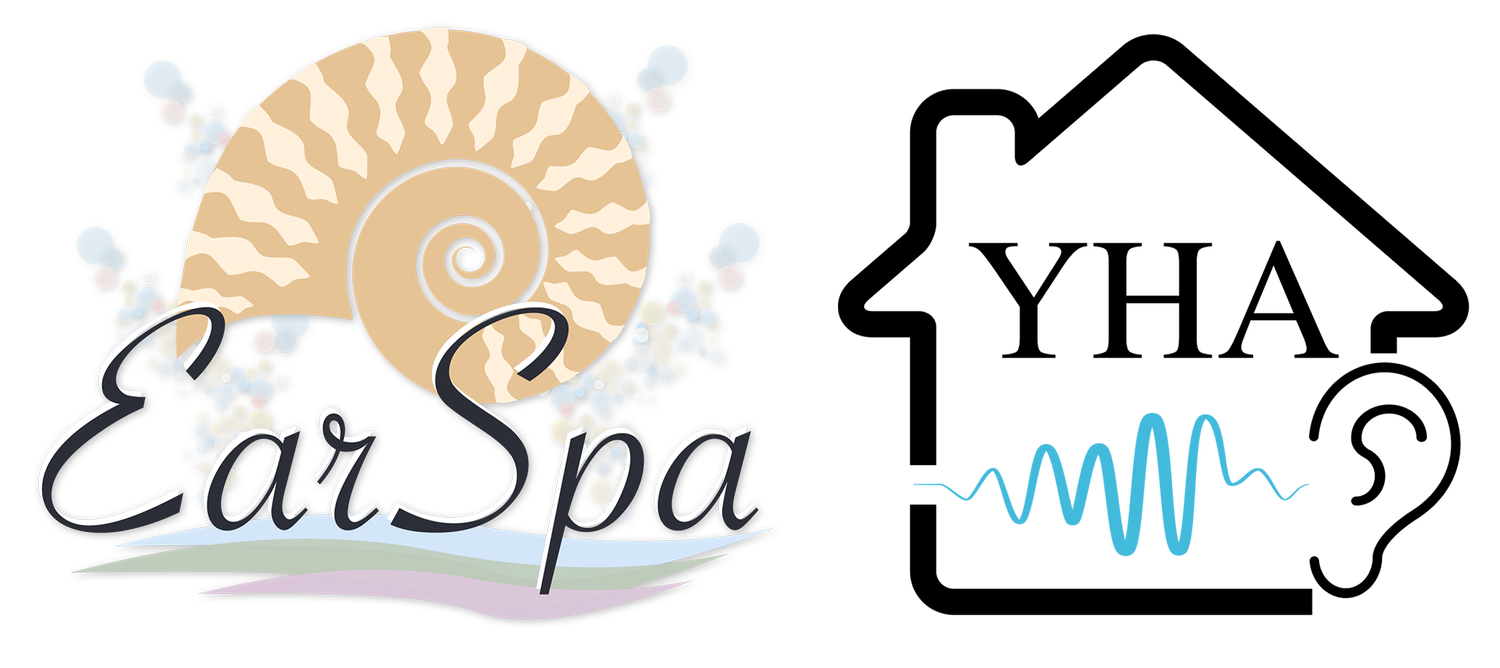
Balance Assessment & Treatment
Are you Experiencing Balance Issues?
About Benign Paroxysmal Positional Vertigo (BPPV)
Benign Paroxysmal Positional Vertigo (BPPV) is a balance disorder of the inner ear. It happens when a collection of debris called “otoconia”, (small crystals of carbonate) normally found in the utricle becomes dislodged from the utricle and moves into one of three semicircular canals. BPPV accounts for about 20% of all dizziness in general and 50% in older patients. Symptoms include spinning (vertigo), lightheadedness, imbalance, and at times nausea. While symptoms may vary, they are almost always caused by changes in head position. It is common for symptoms to be present for a few days/weeks, then stop, and return again.
Diagnosis
Dr. Srour will diagnose BPPV based on history of symptoms, findings on a physical examination called the Dix-Hallpike, and a comprehensive hearing test to rule out hearing loss.
What Causes BPPV?
In about half of all cases, BPPV is “idiopathic,” which means it occurs for no known reason. The utricle may have been damaged by a viral infection, stroke, head injury, disorders of the inner ear, or may be due to deterioration from aging. There is also an association with migraines.
Treatment for BPPV
The Epley Maneuver
The Epley Maneuver is very effective, with roughly an 80% cure rate. The maneuver is intended to move the otoconia out of the semicircular canals back into the utricle. The maneuver takes about 15 minutes to complete. Vibrations may also be used in an effort to dislodge any debris which may be adhered to the semicircular canal wall and or sensory cell. The recurrence rate for BPPV after the Epley is about 30% at one year. In some cases, multiple treatments may be necessary.
After the Epley…
Lie still ten minutes following the Epley maneuver. Avoid quick spins or brief bursts of vertigo as the otoconia repositions itself. If you must drive, be careful to check your blind spots, as well as getting into and out of your car.
For at least one week, avoid quick head movements, up and down head positions, bending or lying down flat. Do not place your head in positions you know provoke your symptoms. Try to stay as upright and as vertical as possible. This is especially important while washing your hair and face, brushing teeth, bending over to pick things up or tying shoes, and during activities requiring tilting of the head above or below eye level for example, reading, cleaning, reaching. Try to avoid looking down the stairs. Do not partake in exercise requiring head movement or horizontal positioning of the body (for example, sit ups, freestyle crawl swimming, however breast stroke is OK).
For at least the next three nights, sleep with your head halfway between being flat and upright (45°angle). You may use a reclining chair or several pillows. Be careful lying on your back or with your head turned towards the “bad” side.
One week after treatment, put yourself in the position that usually makes your dizzy. Position yourself cautiously and under conditions in which you cannot fall or hurt yourself. Let Dr. Srour know how you did!
***If you feel dizziness, return back to your upright position and focus your eyes on an object that is not moving. If a stable object is near you, hold on to it. Take it easy thereafter and follow the instructions above. If your symptoms continue, worsen, or are markedly different, make another appointment as soon as possible.
Hain, T.”Benign Paroxysmal Positional Vertigo.” Dizziness and Balance. 28 March 2010. https://dizziness-and-balance.com/disorders/bppv/bppv.html
Herdman SJ, Tusa RJ, Zee DS, Proctor LR, Mattox DE. Single treatment approaches to benign paroxysmal positional vertigo. Arch Otolaryngol Head Neck Surg 1993 Apr;119(4):450-454.



